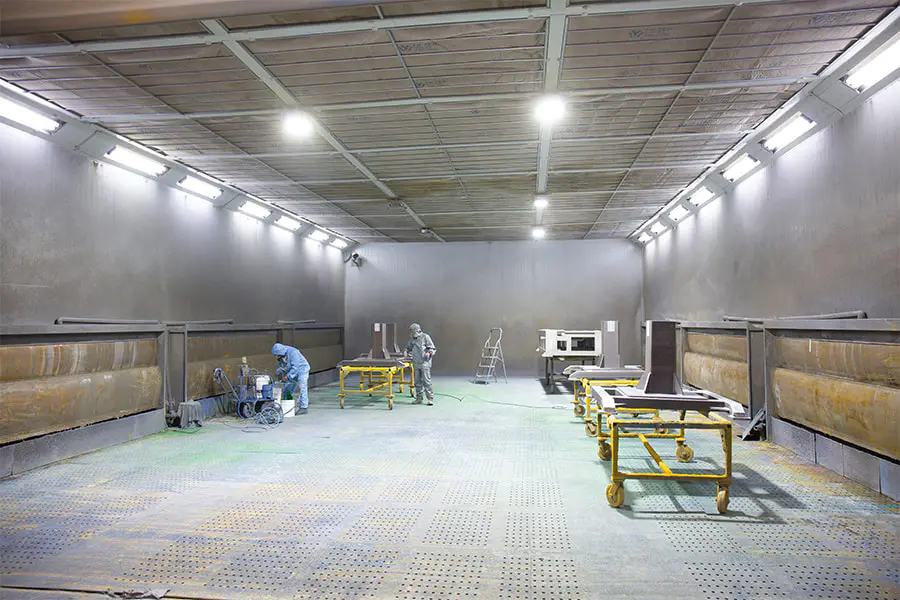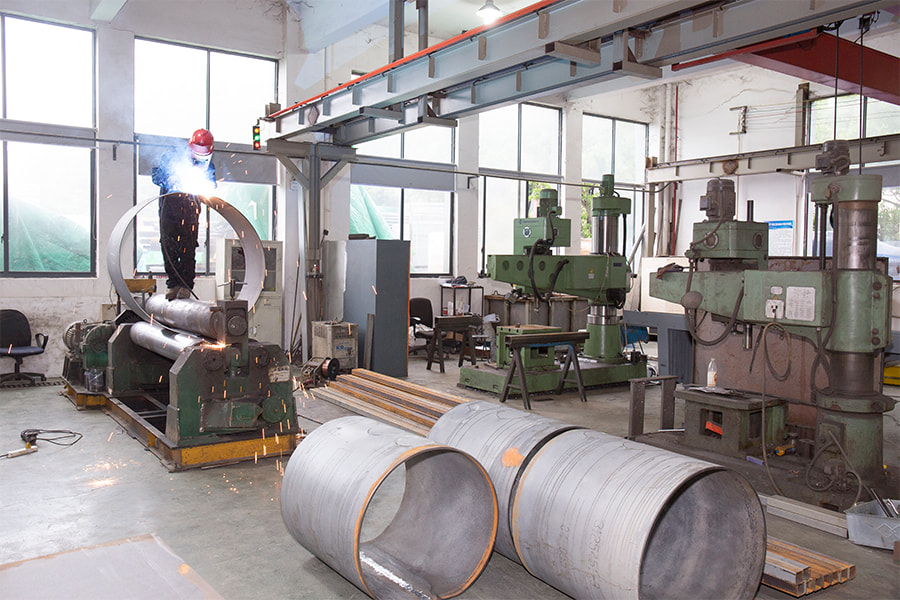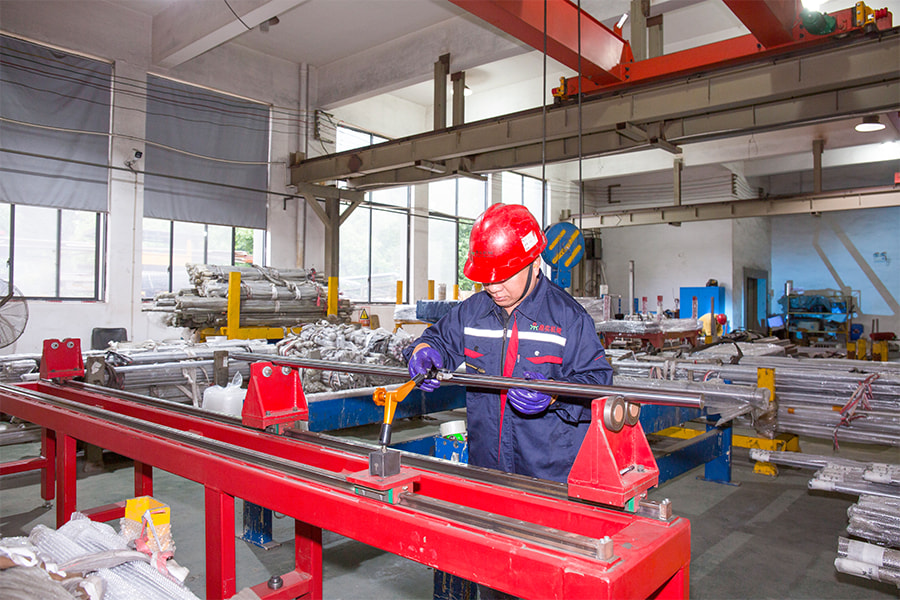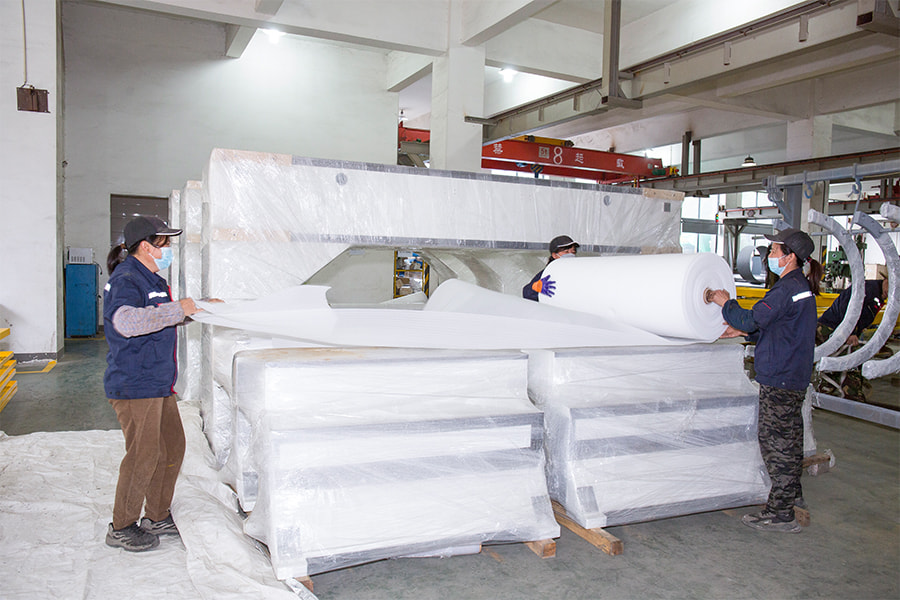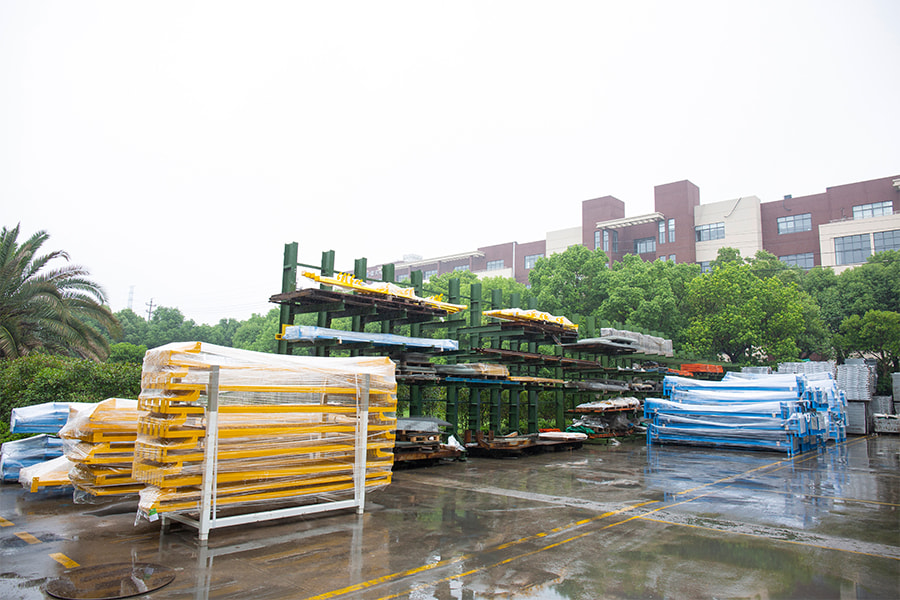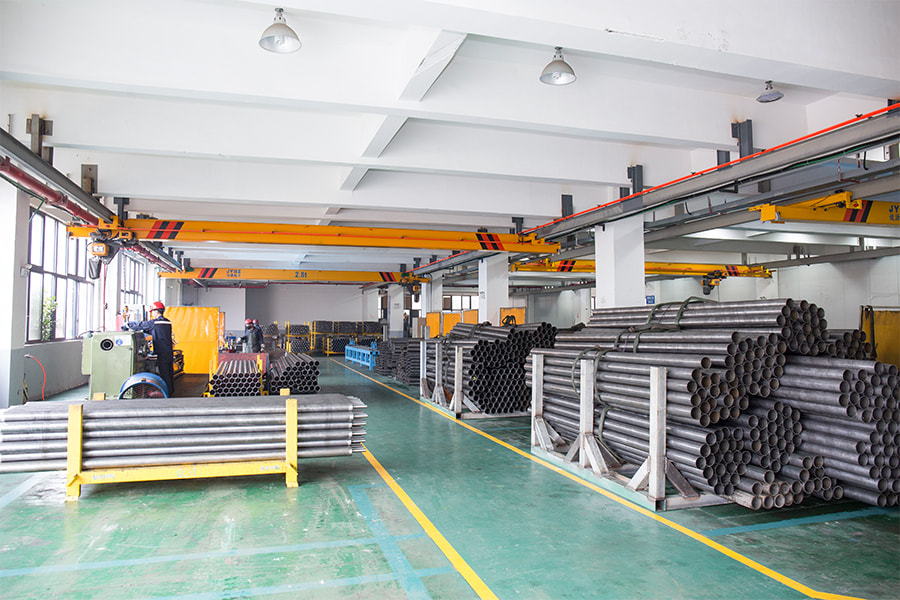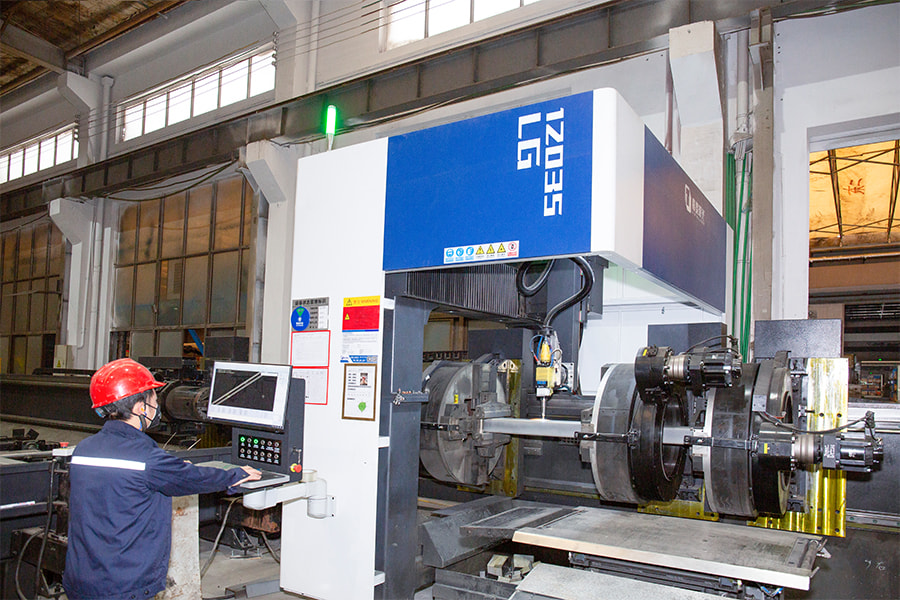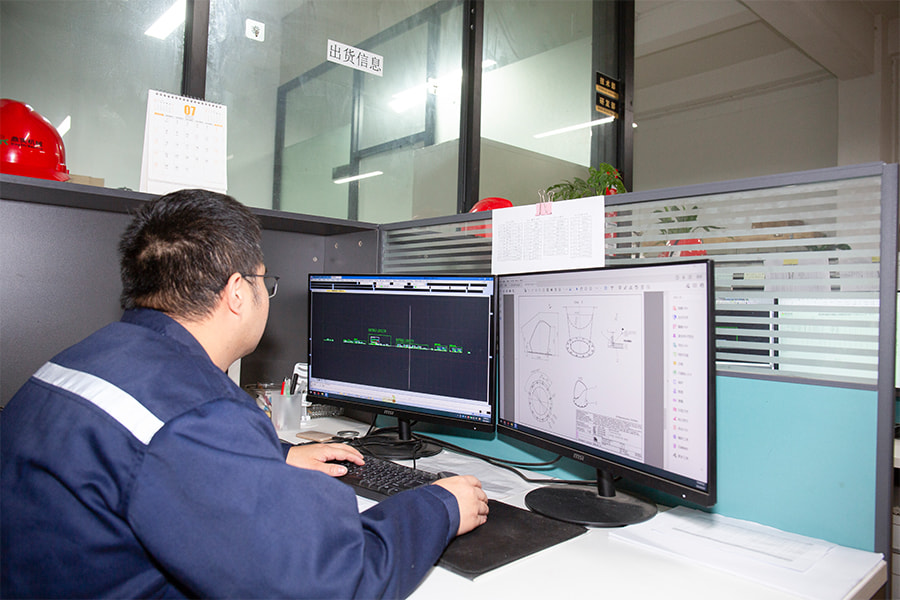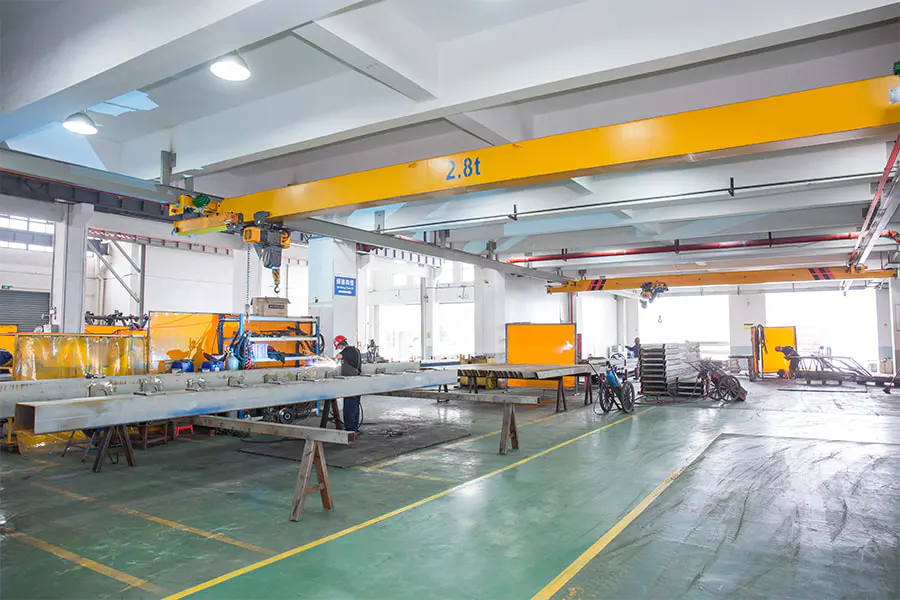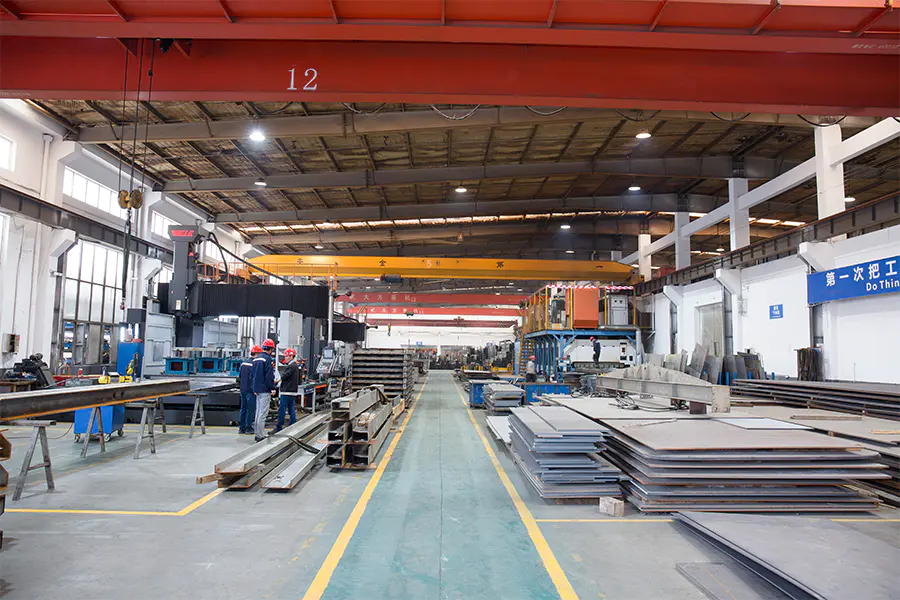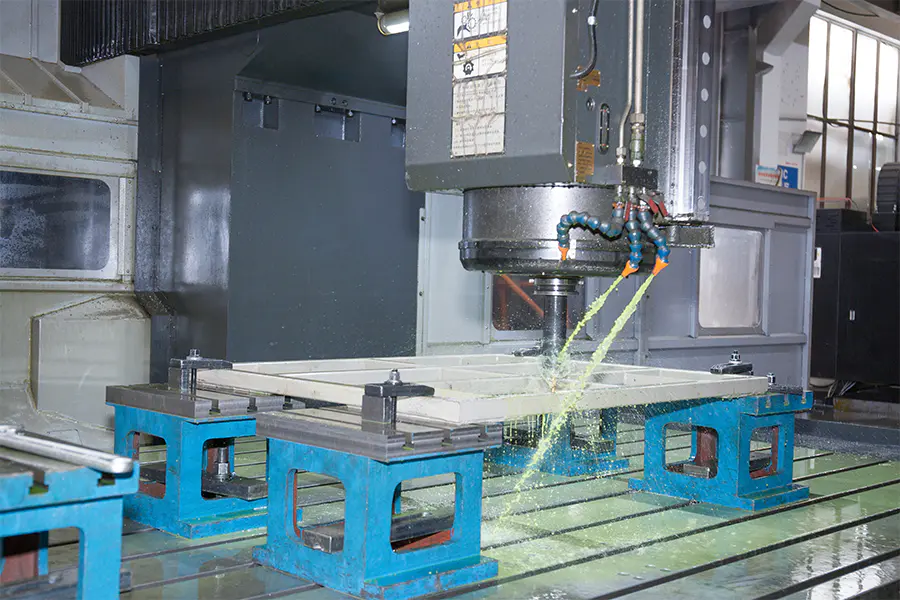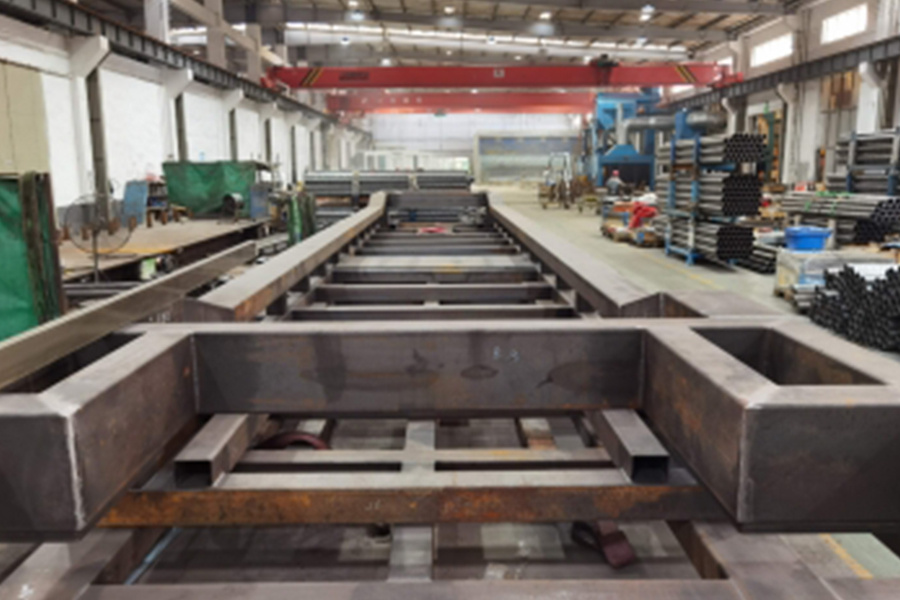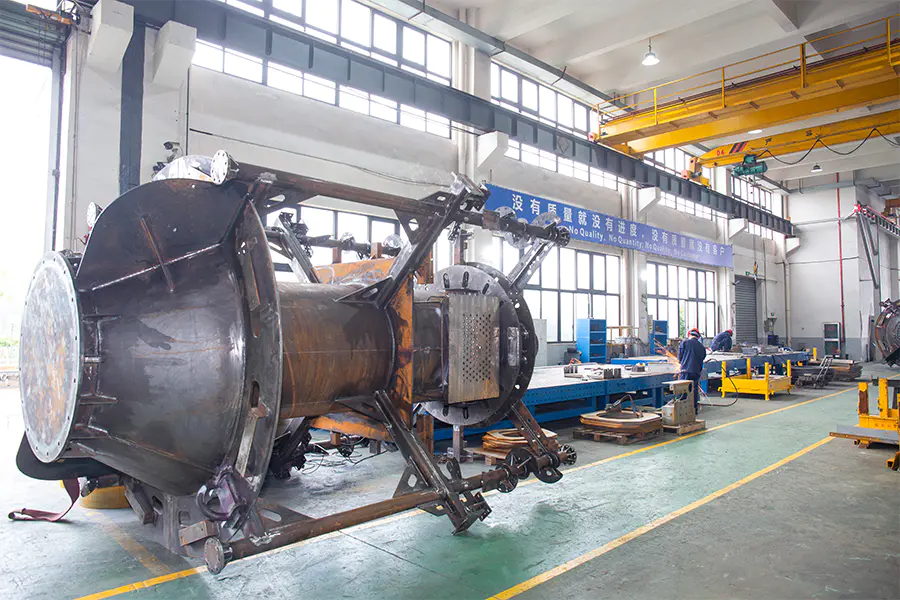In the one-stop service of equipment steel structure welding, how to control welding deformation and residual stress?
In the one-stop service of equipment steel structure welding, controlling welding deformation and residual stress is the core link to ensure product quality, which directly affects the dimensional accuracy, bearing capacity and service life of the structure. This requires full process control from design optimization, process control, technical means to quality inspection, combined with advanced equipment and professional experience to achieve accurate management of the welding process.
1. Source control in the design stage
The design link is the first line of defense to prevent welding deformation and residual stress. Scientific structural design can fundamentally reduce the occurrence of welding defects.
Reasonable structural layout: When designing drawings, avoid excessive concentration or intersection of welds, and try to use symmetrical structures to make welding heat evenly distributed. For example, for large equipment steel structures, complex components can be decomposed into small units, and overall deformation can be reduced by step-by-step welding. Jiaxing Dingshi Machinery Manufacturing Co., Ltd has 20 professional factory technical designers with strong drawing design conversion capabilities. They can combine customer needs in the design stage, optimize weld layout, and reduce deformation risks from the source.
Optimize the weld form and size: Select the appropriate weld form (such as fillet weld, butt weld) and control the weld size. Under the premise of meeting the strength requirements, avoid unnecessary thick welds, because the more weld metal filling, the greater the heat and stress generated during welding, and the more serious the deformation. The technical team will accurately calculate the weld parameters according to the material properties and stress conditions to balance strength and deformation control.
Reserve the reverse deformation amount: According to experience or simulation analysis, the deformation amount in the opposite direction is pre-set during component processing to offset the deformation after welding. For example, for the bending deformation that may occur after welding, the component is pre-bent in the opposite direction at a certain angle during the cutting or bending stage to ensure that the size meets the requirements after welding.
2. Material selection and pretreatment
The characteristics of the material and the quality of pretreatment directly affect the stress distribution and deformation degree during welding.
Select low-stress materials: Give priority to steels with good welding performance, such as low-carbon steel or low-alloy steel. These materials have a small welding heat-affected zone and a low hardening tendency, which can reduce the generation of welding stress. In the material selection process, we provide professional material recommendations based on customer needs and project characteristics to ensure material adaptability.
Strict material pretreatment: Before welding, the steel is leveled, rusted, and stress-relieved. For example, the oxide scale and rust on the surface of the steel are removed by a shot blasting machine to ensure welding quality; for thick plates or materials with internal stress during rolling, annealing can be performed to eliminate internal stress and avoid deformation caused by stress superposition during welding.
3. Precise control of welding process parameters
The process parameters in the welding process are the key to controlling deformation and stress, and need to be accurately set according to the material, component size, and weld form.
Heat source selection and energy control: Different welding methods (such as arc welding, submerged arc welding, and laser welding) generate different heat concentration and input energy. For thin plates or easily deformed components, laser welding can be used to reduce the heat-affected zone by concentrating the heat source; for thick plate welding, multi-layer and multi-pass welding is used to control the heat input of each layer of welding to avoid deformation caused by excessive single heating.
Welding sequence optimization: A reasonable welding sequence can effectively disperse stress and reduce deformation. For example, for symmetrical structures, the symmetrical welding method is used to alternately weld from the middle to both sides to balance the forces on both sides of the component; for complex components, the welds with large shrinkage are welded first, and then the welds with small shrinkage are welded to gradually release stress. Jiaxing Dingshi Machinery Manufacturing Co., Ltd has 60 certified welders, of which 6 team leaders have more than 8 years of experience and can formulate the optimal welding sequence according to the characteristics of the components to ensure the standardization of process execution.
Matching welding speed with current and voltage: Too fast welding speed will lead to insufficient penetration, while too slow will increase heat input; too high current and voltage will easily cause spatter and burn-through, while too low current and voltage will make the welding unstable. The technical team will determine the best parameters through trial welding, and the welders will strictly implement them in actual welding, while using the digital control system of the welding equipment to achieve stable output of parameters.
4. Reasonable use of fixtures
The fixture is an important auxiliary means to control welding deformation. It restricts free deformation during welding by forcibly fixing the position of the component.
Rigid fixation method: Use a fixture, clamp or rigid support to firmly fix the component during welding, and remove it after the welding is completed and cooled to a certain temperature. This method is suitable for thin plates or components with poor rigidity, and can effectively control angular deformation and bending deformation. Jiaxing Dingshi Machinery Manufacturing Co., Ltd has 25 cranes and a large production space to meet the tooling erection needs of large components and ensure the stability of fixture installation.
Special jig design: For the steel structure of non-standard customized equipment, a special jig is designed to accurately position the component according to the shape to ensure that the relative position of each part remains unchanged during welding. For example, for frame components, a jig composed of positioning pins and baffles is used to ensure the verticality and spacing accuracy of each rod.
5. Post-weld stress relief and correction treatment
Even if control measures are taken during the welding process, there may still be residual stress and slight deformation, which need to be further eliminated and corrected through post-weld treatment.
Heat treatment method: Perform overall or partial heat treatment (such as annealing) on the welded components, heat the components to a certain temperature (usually 600-650℃), keep them warm for a period of time, and then slowly cool them to release the stress inside the material. The curing room (70 square meters) can be used for heat treatment of small components. For large components, local flame heating can be used to eliminate local stress by controlling the heating temperature and range.
Mechanical correction method: For small deformations caused by welding, mechanical force is used for correction. For example, a bending machine is used to reverse bend the bent and deformed components, or a leveling device is used to level the thin plate. Its 4-meter and 6-meter gantry machining centers can also assist in high-precision mechanical correction to ensure that the component size meets the standard.
Vibration aging treatment: Periodic vibration is applied to the components through vibration equipment to gradually release the internal stress, which is suitable for large or complex structures. This method has low energy consumption, high efficiency, and will not cause thermal damage to the components. The appropriate aging treatment method can be selected according to the characteristics of the components.
6. Quality inspection and feedback optimization
Through strict quality inspection, deformation and stress problems are discovered in time and fed back to the previous links for continuous optimization.
Deformation detection: After welding is completed, high-precision equipment such as laser diameter gauges and total stations are used to measure the dimensional deviation of the components to determine whether it is within the allowable range. For out-of-tolerance components, the cause of deformation is analyzed and secondary correction is performed.
Stress detection: Non-destructive testing technology (such as X-ray stress analyzer) is used to detect the residual stress distribution inside the component to evaluate whether the stress level meets the design requirements. If the stress concentration is serious, secondary stress relief treatment is required.
Continuous improvement mechanism: Through the quality management system certification, a complete quality traceability system has been established to archive the deformation data and process parameters of each welding. The technical team regularly analyzes and summarizes, optimizes the process plan, and continuously improves the deformation control capability.

